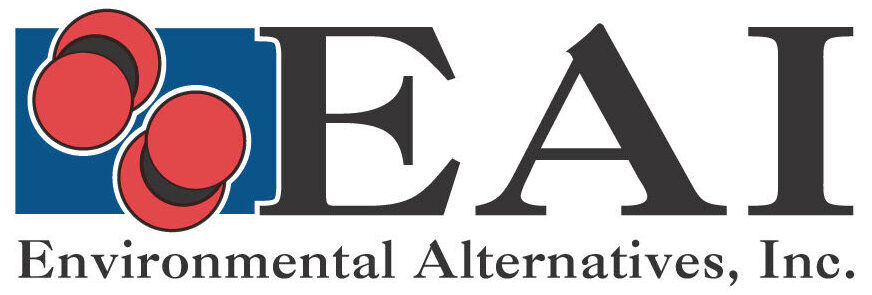Electrical Equipment Maintenance
By Jessie West | September 22 2023
Regular maintenance is a critical component of working with electrical equipment. How well you care for and look after your machines directly impacts their functionality, performance and safety.
Dry ice cleaning is an effective and environmentally friendly method for keeping electrical equipment in great working condition for longer.
Understanding Electrical Equipment Maintenance
Routine maintenance of electrical equipment involves inspections and testing to ensure components are in working order. It also requires cleaning and repairs to ensure optimal performance and functionality.
Maintenance plays a critical role in keeping equipment safe for those working with and around it. Tending to different components can help minimize the risk of injuries, such as shocks and burns.
The following are key examples of electrical equipment that require routine maintenance and cleaning:
- Generators
- Motors
- Turbines
- Stators
- Compressors
- Boilers
- Steam generators
- Rotors
An expert should inspect and perform maintenance on electrical equipment at least once a year.
Importance of Safety in Electrical Equipment Maintenance
Some of the top dangers of working with electrical equipment include fires, electrocution and, in severe cases, explosions. Because of these factors, it is critical to approach maintenance efforts with caution and care to avoid unnecessary injuries or damage.
Safety must be top of mind before tending to electrical equipment. Teams should be well-trained in safety guidelines and regulations regarding maintenance activities. Having proper protocols in place will help create healthier working environments.
Safe Practices for Electrical Equipment Maintenance
Following strict safety protocols is essential when tending to electrical components. Some basic requirements for safely maintaining equipment are:
- Proper shutdown and isolation: Anytime a technician inspects or repairs a piece of electrical equipment, they should turn off the power source and isolate the machine beforehand to minimize the risk of electrocution.
- Personal protective equipment (PPE): Safety gear, such as insulated gloves, goggles and hard hats, is necessary for anyone involved in or working near the electrical equipment maintenance efforts.
- Lockout/tagout (LOTO) procedures: Everyone involved in equipment maintenance must understand the ins and outs of LOTO procedures for turning off electrical equipment containing hazardous energy.
- Trained and qualified personnel: Anyone participating in electrical equipment maintenance must be qualified and well-versed in best practices to avoid dangers and what actions to take if a hazard is present.
Introduction to Dry Ice Blasting for Electrical Equipment Cleaning
A highly effective and safe method for cleaning electrical equipment is dry ice blasting. The process works like pressure washing in many ways. First, a professional must make the dry ice. While many companies transport the dry ice to your facility, Environmental Alternatives, Inc. makes it on-site before cleaning.
The dry ice blasting process uses compressed air to drive the pellets to the equipment’s surface at high speeds. As the pellets make contact, they transfer kinetic energy, and the pellets sublimate and turn to gas. This method is particularly useful because dry ice is far less abrasive than traditional cleaning methods.
Dry Ice Cleaning Process for Electrical Equipment
You must follow several essential steps anytime maintenance teams use dry ice blasting to clean electrical equipment. First, you’ll need to prepare the equipment by powering it down and following all necessary safety precautions, including suiting up in PPE.
Next, you’ll choose the appropriate dry ice cleaning equipment and nozzles for the specific application. Different components often require unique settings. For instance, generator cleaning processes may need a different nozzle than what is necessary for blasting a boiler.
The cleaning pressure and dry ice pellet size will also vary depending on the application.
Benefits of Dry Ice Basting for Electrical Equipment Maintenance
You can enjoy many advantages by cleaning your electrical equipment with dry ice blasting, including:
- Nonconductive: Dry ice is an insulating material that does not allow electrons to flow through it. Consider the safety risks of electrical motor cleaning with water, for example. Nonconductive materials are necessary to minimize electrical hazards.
- Nonabrasive: One of the leading problems with traditional cleaning methods is the risk of damaging the equipment. Dry ice is nonabrasive and less likely to scratch surfaces as it makes contact, helping you preserve your equipment’s integrity.
- Environmentally friendly: Dry ice sublimates without leaving secondary waste behind. It does not produce more carbon dioxide, making it safe for our planet.
Post-Cleaning Procedures
After the dry ice blasting process is complete, a few post-cleaning procedures will help you ensure your electrical equipment is in its best condition.
Perform a post-cleaning inspection to see that the dry ice blasting method was effective in the breakup and removal of buildup. After looking over everything, dispose of the dry ice residue and waste materials.
Once all of these things are complete, be sure to keep track of maintenance with up-to-date record-keeping and documentation.
Choose Environmental Alternatives, Inc. for Electrical Equipment Cleaning Services
If you’re looking for effective industrial equipment cleaning services that are safe for the planet, turn to Environmental Alternatives, Inc. We have decades of experience and the highly specialized dry ice blasting technology needed to deliver a safer and more effective clean for your facility.
Are you ready to schedule your equipment maintenance services? Contact EAI to get started!



